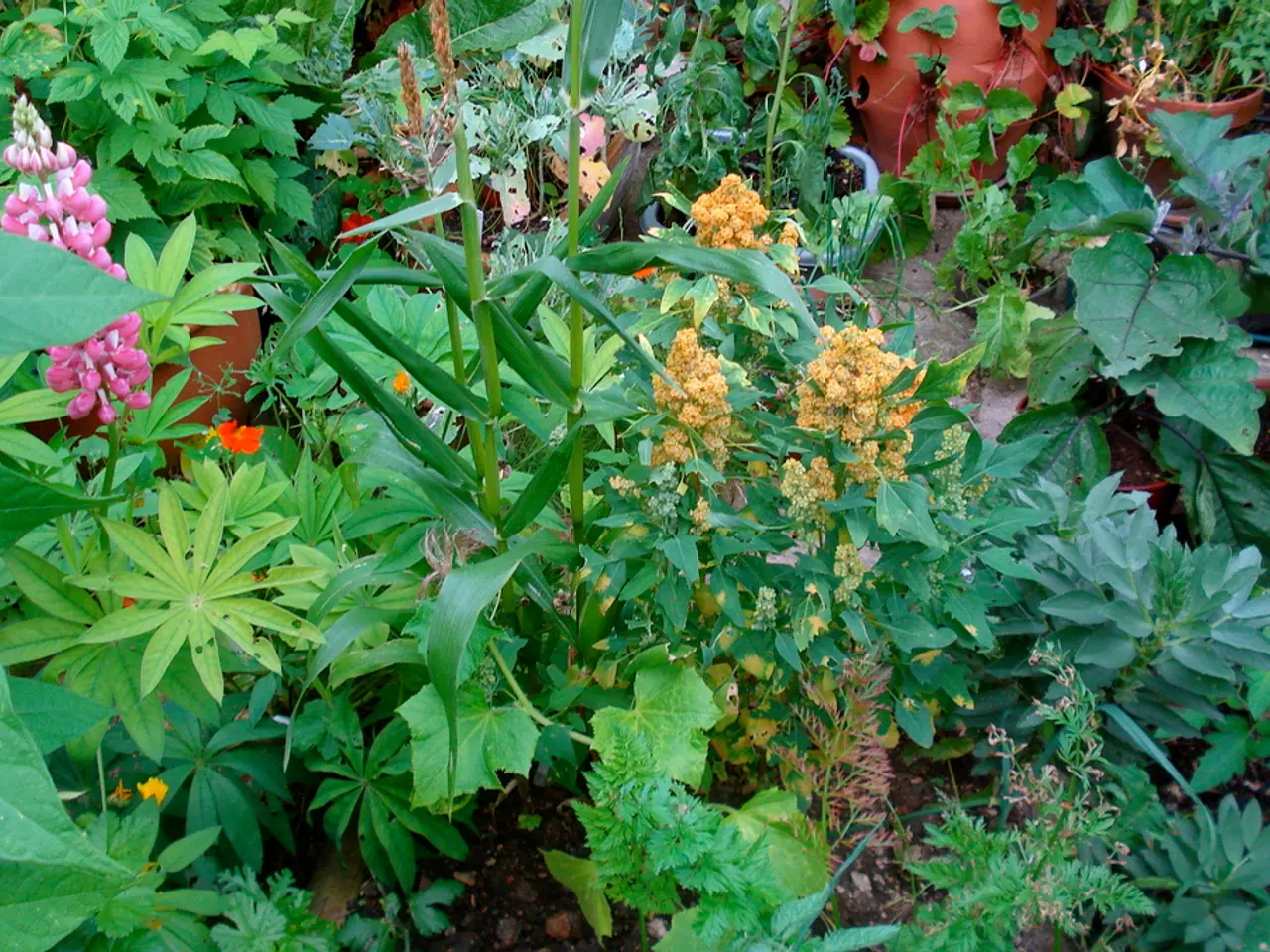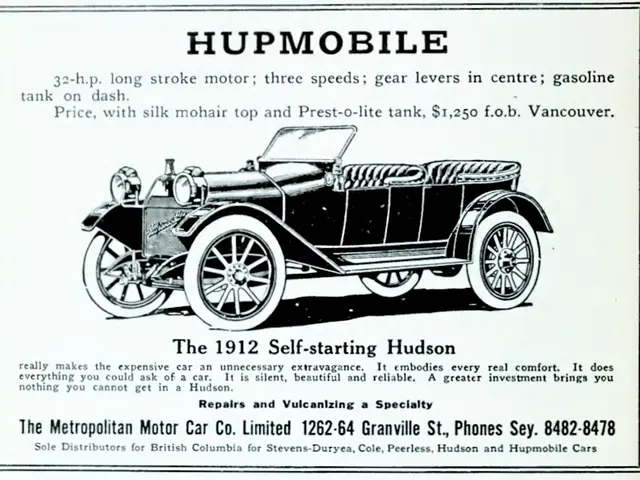Instructional guide on efficiently wielding manual hoes
## Manual Hoes: A Key Tool in Sustainable Gardening
Manual hoes, such as stirrup hoes, triangle hoes, and wheel hoes, are integral to sustainable and eco-friendly gardening, offering numerous benefits for both the environment and gardeners.
One of the primary advantages of manual hoes is their reliance on human power, which eliminates the need for fossil fuels and reduces greenhouse gas emissions. This dependence on manual labour aligns with the principles of sustainable agriculture by avoiding the pollution and resource extraction associated with mechanized tools [2].
In terms of soil health and biodiversity, manual hoes are engineered to aerate the soil and remove weeds with minimal disruption to the soil structure. This careful approach helps preserve vital soil microbes, which are crucial for nutrient cycling and plant health. By avoiding excessive tillage, manual hoes help maintain a diverse and thriving soil ecosystem. Healthy soil is less prone to erosion, retains moisture better, and supports robust plant growth—all hallmarks of sustainable gardening [4].
Manual hoes also offer an effective, non-toxic method for weed management. Regularly hoeing when weeds are small can prevent the need for chemical herbicides, reducing the risk of weeds going to seed and causing future infestations [5]. This practice supports organic gardening principles and protects pollinators and beneficial insects.
The versatility of manual hoes makes them adaptable to a variety of garden sizes and layouts. Options such as handheld, long-handled, or wheeled hoes ensure that gardeners can choose the right tool for the job, whether maintaining pathways, working between rows, or managing large plots [2]. Furthermore, manual hoes can be integrated with other sustainable practices like cover cropping and crop rotation, which further reduce weed pressure and enhance soil health [3].
Proper maintenance of manual hoes is essential to ensure their longevity. After each use, the hoe should be wiped off, sharpened regularly, oiled, and stored in a dry place to keep it in good condition [1]. Regular checks of the garden are also important to catch weeds early.
Weeding is most effective after a rain or watering when the soil is soft, and focusing on weeds close to plants helps vegetables get the necessary nutrients without competition. Using a manual hoe does not require batteries or fuel, making it a quiet and environmentally friendly option.
Whether you're a beginner or an experienced gardener, manual hoeing is a beginner-friendly method for effective gardening. Soil should be moist before starting to work with a manual hoe for optimal results. With the right technique—standing with feet shoulder-width apart and gripping the hoe firmly but not too tight—gardeners can effectively manage their gardens without causing unnecessary harm to the soil or their plants.
In conclusion, manual hoes are a cornerstone of sustainable and eco-friendly gardening. They reduce fossil fuel dependency, minimize soil disturbance, support soil biodiversity, eliminate the need for chemical herbicides, and can be adapted to diverse gardening contexts [2][5]. By incorporating manual hoes into their routines, gardeners contribute to healthier ecosystems, more productive soils, and a reduced environmental footprint.
By incorporating manual hoes into their gardening routines, gardeners can maintain a diverse and thriving home-and-garden ecosystem that is sustainable and eco-friendly. Regular hoeing aids in managing vegetables by removing weeds and reducing the need for chemical herbicides, supporting organic gardening principles and protecting pollinators and beneficial insects.




